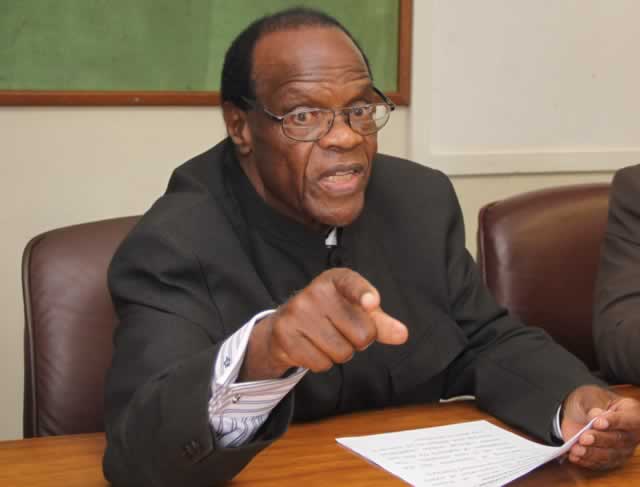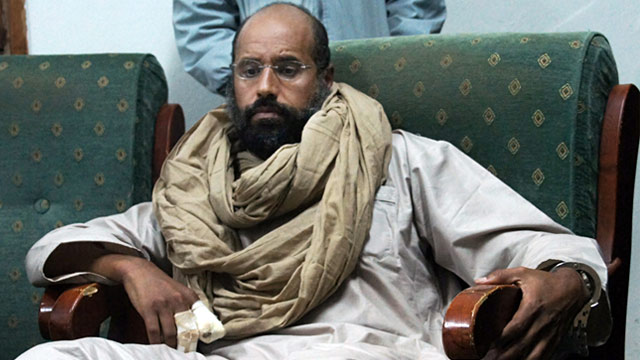Child marriage a harmful practice

Cheikh Tidiane Cissee Correspondence
THIS week Zimbabwe joins countries such as Zambia, Madagascar, Burkina Faso, and Niger in launching the African Union (AU) campaign to End Child Marriage, using its position as chair of the AU as a platform to call for an end to this harmful practice across the region. I would personally like to commend the Government for its commitment to this campaign through the highly anticipated National Action Plan to End Child Marriages and reiterate UNFPA’s commitment to working with the government, United Nations and civil society partners within our areas of specialty of advancing gender equality and sexual and reproductive health and rights.
Child marriage devastates the lives of millions of girls across the country each year. Zimbabwe ranks number 41 in the list of countries with an unacceptably high rate of child marriages; 32.8 percent of women aged between 20 and 49 reported that they were married before the age of 18 while 24.5 percent of girls between 15 and 19 years are currently married (Multiple Indicator Cluster Survey 2014). However this harmful practice is not unique to Zimbabwe, it is endemic across several regions of the world most notably South Asia and West and Central Africa. It is estimated that one third of girls across these regions are married before the age of 18 and one in nine girls are married before the age of 15. If current trends continue, 150 million girls will be married before their 18th birthday over the next decade. That’s an average of 15 million girls each year.
The AU campaign aims to accelerate the elimination of child marriage at the continental level through building upon already existing activities and work carried out by Member states and their national partners in determining the socio-economic impact of child marriage; mobilising continental awareness of child marriage; increasing the capacity of non-state actors to undertake evidence based policy advocacy particularly through youth leadership; support policy action in the protection and promotion of human rights; removing barriers and bottlenecks to law enforcement and promoting the effective implementation of AU legal and policy instruments with a bearing on young people, especially the girl-child.
Child marriage denies a staggering number of girls the right to live healthy, fulfilling lives. When married as children, girls are not only denied their human right to childhood, an education and a future they are also exposed to greater health risks particularly their sexual and reproductive health as well as risks of gender based and sexual violence.
Once married, girls are likely to feel, and in many cases are, powerless to refuse sex. They are likely to find it difficult to insist on condom use by their husbands, who commonly are older and more sexually experienced, making these girls especially vulnerable to gender based and sexual violence as well as leaving them exposed to a number of sexual and reproductive health risks including, HIV and other sexually transmitted infections and teenage pregnancy which itself can bring about extremely negative and often times life threatening health consequences such as unsafe abortions, maternal mortality and morbidities such as obstetric fistula.
An early pregnancy can have immediate and lasting consequences for a girl’s health and often alters the course of her entire life. How it alters her life depends in part on how old — or young — she is. Health problems are rife in girls who become pregnant too soon after reaching puberty and the risk of maternal death for mothers under 15 is double that of older women; approximately 70 000 adolescents in developing countries die annually of causes related to pregnancy and childbirth. Girls at this age are not physically ready for sexual intercourse or childbearing; they are essentially children having children.
As Zimbabwe gears up to launch the AU Campaign to End Child Marriage, let us take a holistic approach to the issue. There is great need to promote and protect girls’ human and sexual and reproductive health and rights through legislative reform, awareness raising, policies and mechanisms keeping girls in education and making available age appropriate sexual and reproductive health services and information. These interventions cannot only happen at the national political level, they need to be embraced and implemented at the community level.







Comments